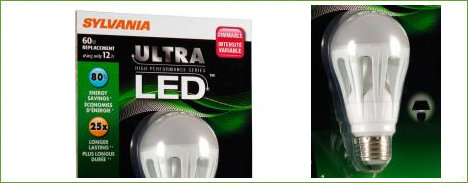Sunday, October 23, 2011, 09:07 PM
Posted by Administrator
I've mentioned before that I hoped some day to announce the success of my personal project here on this blog. This is not the day. However, there has been a major step forward in my progress. Posted by Administrator
The original patent application naming me as the inventor and my business partner as the co-inventor has been approved. Hopefully very soon, the world will truly have a cost effective and reliable renewable energy source easily available for their homes.
The SMART Turbine is designed to use wind for producing electricity at a cost per kWh that is lower than any other technology available today and boasts an installed return on investment of no more than 7 years in locations with an average of 12mph or higher annual winds. Making this even better is the 20 year life expectancy before needing to replace the only wear parts at a current cost less than $50, making long term annual ownership and maintenance about $0.40/yr. Yes, that is 40 cents per year after reaching the initial return on investment. Different environments can influence this cost and therefore there may be some variation.
If you want to learn more about the SMART Turbine, you can visit the site directly at www.smart-turbine.com AKA www.spinpower.org.


 Calendar
Calendar




